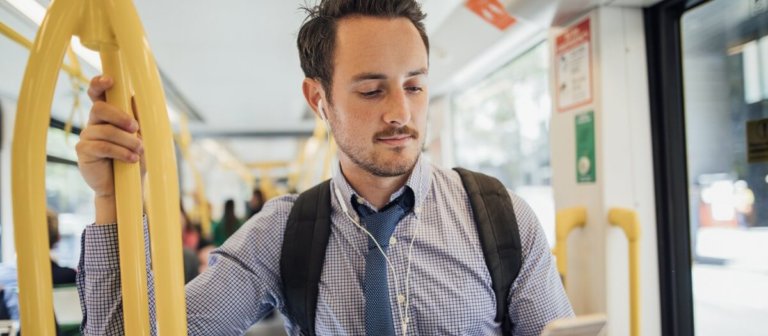
Internships. Externships. Work placements. Field work. When it comes to practical learning experiences, it’s hard to find a course that doesn’t offer such opportunities in an increasingly competitive world.
Students actively seek them while employers favour those with such credentials. But a new survey has found that Australian students want more: they want universities to help them find a job once they graduate.
Three quarters of the 1,000 Australian students surveyed said that universities had a responsibility to help them find employment. In the survey commissioned by study assistance company Studiosity, more than one-third (36 percent) responded that universities should be “partnering students with jobs after they graduate”. Another 25 percent said universities should offer more work placement courses and 15 percent wanted more practical elements in class.
That’s actually true. E.g. I’ve been supporting our Cosmetic Science students @sunderlanduni to secure summer placements, year placements and also a job after graduation! Students have an expectation for the above. @UniOfSunComms #CosmeticScience
— Kalliopi Dodou (@DrKalliopiDodou) May 27, 2019
Work-integrated learning is a essential component of Australian higher education.The Career Ready Graduates report published earlier this year found close to half a million university students took part in industry-led projects, fieldwork, practical simulations and work placements in 2017. These career-preparation activities, known as work integrated learning (WIL), are considered important by 91 percent of Australians, with one in three rating them as “extremely important” and a further one in three rating them “very important”.
The nation’s first comprehensive snapshot of WIL also found that Australian universities offered 555,403 workplace experiences in 2017. These are equally distributed across 357,806 Australian students or permanent residents, 93,126 international students, 5,486 indigenous students and 67,116 students from regional and remote Australia.
But what does this desire for universities to play the dual role as a work placement agency suggest?
Speaking to Times Higher Education, Studiosity’s Chief Academic Officer, Judyth Sachs, doesn’t think it’s a good idea. The former provost at Sydney’s Macquarie University said:
“Is there value in students applying their learning through work-integrated learning placements, service learning or whatever you call it? That’s the overarching question. Then there is a question about what role the university should play, so that responsibility for finding placements also gets clarified.
“But I certainly don’t feel it’s the role of the university to find jobs. Universities are not recruitment agencies. Students have to go and find jobs themselves. That’s what life is like.”
Currently, higher education is divided between institutions that help students find practical learning experiences and those that do not. To expect universities to find jobs for them is to have an attitude of “I’m paying for a service, and this is a service that I expect”, said Sachs.
Tuition for domestic students is subsidised by the Australian government, while the remaining amount – called the “student contribution” – is paid by the student. International students pay an average of AU$30,840 (~US$22,170) per year in 2018, and AU$31,596 (~US$22,700) per year for undergraduate and postgraduate study respectively.
How do global virtual internships benefit your study skills?
Work-integrated learning: 5 great examples from Australian universities







